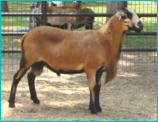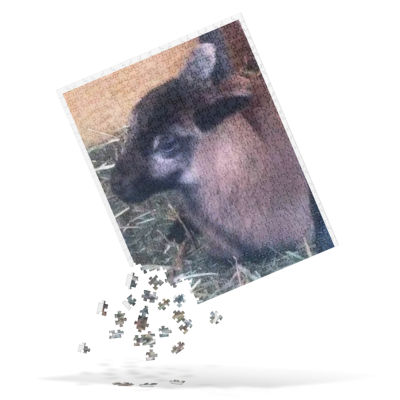

© 2021 Shear Perfection Ranch and/or circleofdreamers.com
Barbados Blackbelly Sheep
History
T
he
history
of
the
Barbados
Blackbelly
Sheep
can
be
considered
vague
at
best.
The
American
history
of
the
Barbados
Blackbelly
Sheep
is
a
complicated
compilation
of
stories,
crossbreeding
and
valiant
efforts
to
resurrect
the original island sheep.
In
researching
this
breed,
there
are
many
articles
stating
that
the
Barbados
Blackbelly
Sheep
is
indigenous
to
the
island
of
Barbados
in
the
Caribbean.
However,
there
are
just
as
many
articles
stating
that
they
were
brought
to
the
island
from
West
Africa.
Obviously,
they
can’t
be
indigenous
and
brought
in
from
West
Africa;
so
for
the
sake
of
argument,
let’s
just
say
Barbados
Blackbelly
Sheep
have
become a National Treasure that has been and is carefully cultivated and closely monitored on the island of Barbados.
On
to
America,
where
the
one
fact
that
seems
to
be
agreed
upon
by
most.
is
that
the
initial
importation
of
Barbados
Blackbelly
Sheep
occurred
in
1904
to
the
USDA
Research
Center
in
Beltsville,
MD.
Beyond
that
information,
the
distribution
and
utilization
of
the
imported
bloodlines
is
limited
and
incomplete.
It
becomes
obvious
that
the
progeny
of
these
sheep
were
quickly
scattered
across
the
U.S.
with
no,
or
at
least
minimal,
recordkeeping
by
the
government.
It
is
abundantly
clear,
from
numerous
sources,
that
the
deep
red
and
true
black
coloration
of
this
breed
attracted
hunting
enthusiasts
who
lamented
the
fact
that
the
rams
did
not
possess
the
trophy
horns
they
coveted.
This
brought
about
crossbreeding
with
Mouflon,
Corsican
and
Rambouillet
to
fill
the
demand.
Ultimately
creating
a
new
horned
version of the Barbados Blackbelly which would turn into what is known today as the American Blackbelly.
Information
on
the
polled
animals
is
limited
to
short
references
to
small
or
family
farm
operations.
Many
of
these
small
flocks
were
maintained
as
training
tools
for
herding
dogs
and
exhibited
nervousness
and
flight
responses
when
handled.
For
many
years
the
breed
has
suffered
from
a
reputation
of
being
difficult
to
handle.
The
creation
of
a
registry
in
1996
and
the
splitting
of
the
"Barbado"
(a
name
commonly
used
prior
to
the
establishment
of
the
Registry)
into
American
Barbados
(horned)
and
Barbados
Blackbelly
(polled)
in
2004,
marked
a
new
beginning
for
the
Barbados
Blackbelly
in
America.
With
the
support
of
the
ALBC
(American
Livestock
Breed
Conservancy),
and
several
University
Projects,
the
Barbados
Blackbelly
is
enjoying
a
comeback.
Conscientious
breeders
are
quickly
re-establishing
numbers and building a better reputation for the breed.
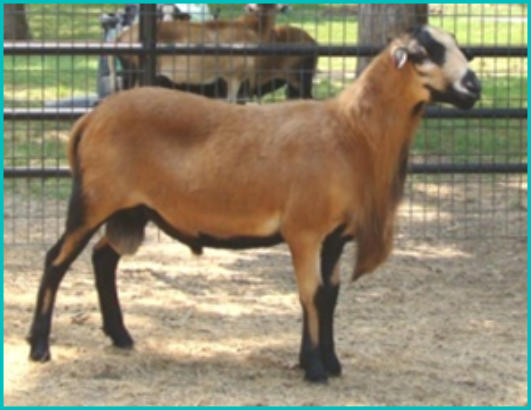
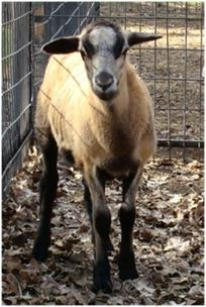



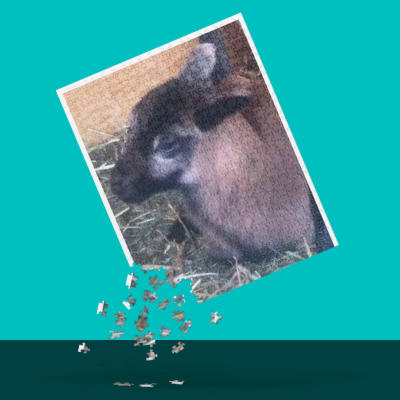

Rare Breed Conservation and New Breed Development

© 2021 Shear Perfection Ranch and/or circleofdreamers.com

Barbados Blackbelly
Sheep History
T
he
history
of
the
Barbados
Blackbelly
Sheep
can
be
considered
vague
at
best.
The
American
history
of
the
Barbados
Blackbelly
Sheep
is
a
complicated
compilation
of
stories,
crossbreeding
and
valiant
efforts
to
resurrect
the
original
island sheep.
In
researching
this
breed,
there
are
many
articles
stating
that
the
Barbados
Blackbelly
Sheep
is
indigenous
to
the
island
of
Barbados
in
the
Caribbean.
However,
there
are
just
as
many
articles
stating
that
they
were
brought
to
the
island
from
West
Africa.
Obviously,
they
can’t
be
indigenous
and
brought
in
from
West
Africa;
so
for
the
sake
of
argument,
let’s
just
say
Barbados
Blackbelly
Sheep
have
become
a
National
Treasure
that
has
been
and
is
carefully
cultivated
and
closely
monitored
on
the
island
of
Barbados.
On
to
America,
where
the
one
fact
that
seems
to
be
agreed
upon
by
most.
is
that
the
initial
importation
of
Barbados
Blackbelly
Sheep
occurred
in
1904
to
the
USDA
Research
Center
in
Beltsville,
MD.
Beyond
that
information,
the
distribution
and
utilization
of
the
imported
bloodlines
is
limited
and
incomplete.
It
becomes
obvious
that
the
progeny
of
these
sheep
were
quickly
scattered
across
the
U.S.
with
no,
or
at
least
minimal,
recordkeeping
by
the
government.
It
is
abundantly
clear,
from
numerous
sources,
that
the
deep
red
and
true
black
coloration
of
this
breed
attracted
hunting
enthusiasts
who
lamented
the
fact
that
the
rams
did
not
possess
the
trophy
horns
they
coveted.
This
brought
about
crossbreeding
with
Mouflon,
Corsican
and
Rambouillet
to
fill
the
demand.
Ultimately
creating
a
new
horned
version
of
the
Barbados
Blackbelly
which
would
turn
into
what
is
known
today
as
the
American
Blackbelly.
Information
on
the
polled
animals
is
limited
to
short
references
to
small
or
family
farm
operations.
Many
of
these
small
flocks
were
maintained
as
training
tools
for
herding
dogs
and
exhibited
nervousness
and
flight
responses
when
handled.
For
many
years
the
breed
has
suffered
from
a
reputation
of
being
difficult
to
handle.
The
creation
of
a
registry
in
1996
and
the
splitting
of
the
"Barbado"
(a
name
commonly
used
prior
to
the
establishment
of
the
Registry)
into
American
Barbados
(horned)
and
Barbados
Blackbelly
(polled)
in
2004,
marked
a
new
beginning
for
the
Barbados
Blackbelly
in
America.
With
the
support
of
the
ALBC
(American
Livestock
Breed
Conservancy),
and
several
University
Projects,
the
Barbados
Blackbelly
is
enjoying
a
comeback.
Conscientious
breeders
are
quickly
re-
establishing
numbers
and
building
a
better
reputation
for
the breed.
